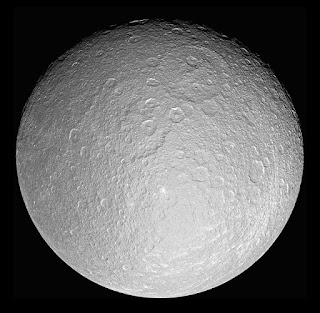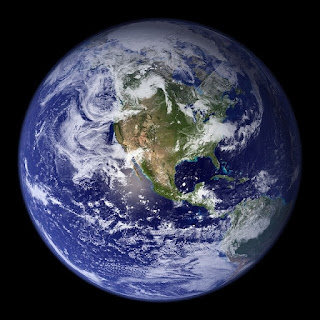VOYAGER 1 AIRCRAFT OUR UNIVERSE
VOYAGER 1 AIRCRAFT THE UNIVERSE
VOYAGER 1
In September 1977 in our NASA Voyager 1 spacecraft begin its long its long journey into the unknown when it was launched the Kennedy space centre 16 days later than Voyager 2, launch. These probes main object was to conduct close up studies of the outer planets including their large moons and mysterious rings system. Voyager 1 was launched on a faster more direct path that would send the spacecraft hurtling towards Jupiter and Saturn. Voyager 2 would take a slightly different path that would also take it past the two gas giants but then on to Uranus and Neptune taking advantage of rear planetary arrangements that only occurs once every 175 years.
With in the couples of year after its journey Voyager 1 sent back its first image won a which reveals a crescent shaped Earth and moon hanging in darkness.
SPACECRAFT
Because of the direct path that Voyager 1 was set on it only took the spacecraft approximately one and a half year to get to first and largest gas planet in our solar system. In January 1979 Voyager 1 began taking photograph of Jupiter during its approach and and captured almost in 1906 images during the fly by. This time lapse record Jupiter over a period of 60 days and shows the gas planet amazing clouds rotating with in bright bands.
Incredible close up images of Jupiter the famous draw the great red spot was also captured, like karna ever before by using colour filters.
JUPITER PLANET IMAGE
Voyager 1 also observed from the first time jupiter's thin which can be seen as a faint bands across the centre of the picture. The edge of the ring is approximately 35400 miles away from the the planet visible cloud deck and the background stars in the image appear broken hair pins.
Just our Jupiter that was Voyager 1 studies many of gas planet mysterious were also photograph that such as volcanic moon. In the image revealed that volcanic are spread across the landscape on the moon. Other satellites such as jupiter's largest moon ganymede also exposed its strained surface feature for the first time revealing huge ridge grooves and impact craters that are spread across icy thick crust.
After 1 month Voyager 1 eventually completed its flyby in April 1979 continued the second largest gas planet in our solar system after twenty months later on the ninth of November 1980 Voyager 1 the ring and world Saturn .
SATURN PLANET RINGS
Voyager 1 revealed in the image saturn's dark and light bands of rotating clouds its huge magnificence ringlets but also 2 of mysterious moons. During the fly by Voyager 1 also encountered saturn's largest moon Titan.
8 hours after its closest approach Voyager 1 snapped the picture of the planets ring system revealing hundreds of magnificent bright and dark ringlets that consists of trillion of small i c particle. Voyager 1 collected huge amountof data and discovered 3 previously unknown moons during its flyby.
On this point on word its primary mission was complete and spacecraft would never come close to an other astronomical object again but at a distance of about 4 billion miles away commanded by NASA.
In February 1990 the spacecraft captured series of image that became known as the solar system family portrait. After all images were transmitted back to earth engineers turned off spacecraft camera so that it could power other instrument as it continued on its journey into a unknown. Then on 16 of December 2004 24 long years after its Saturn encounter Voyager 1 crossed the termination shock region where solarwind abruptly slows down and heats up as its encounter installer.
Voyager 1 finally became the first human made object to cross the threshold of interstellar space Ahmedabad 25th of August 2012. The Incredibles spacecraft that was only built to last five years is still collecting data 13.5 billion smiles away. Voyager 1 is detecting the fully intensity of cosmic rays beyond the solar system. According to NASA the spacecraft will have enough energy to power its instrument until 2021 then it will pass through interstellar space until it eventually comes with in 1.7 light years of a star in the minor calculation around 40,000 years from now.






Comments
Post a Comment